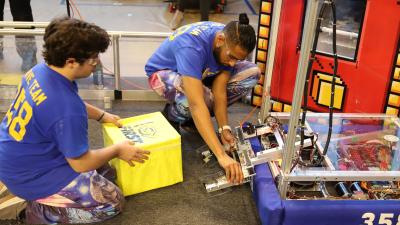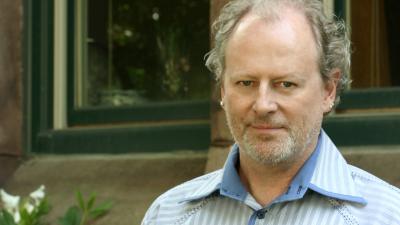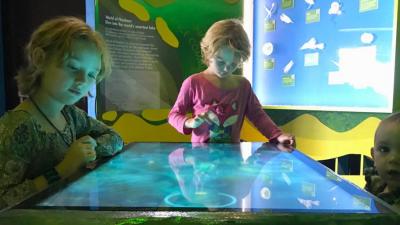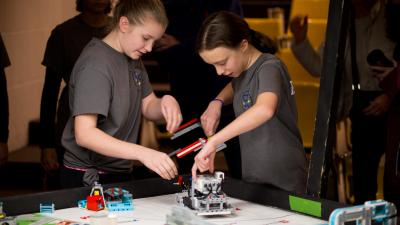Rensselaer Announces Innovative New Degree in Business Analytics
A new undergraduate degree program in business analytics is coming to Rensselaer Polytechnic Institute this year. The major, approved by the New York State Education Department last month, will be offered through the Lally School of Management beginning in the fall semester of 2019. The new program will equip students with a unique combination of data science skills and fundamental business skills as they enter the workforce.









